Free Tropical Runtz seeds on orders over $150!
Cannabis is a varied plant; therefore, it is normal to expect different characteristics in plants. Pest infestations, nutritional deficits, and diseases cause odd appearances in bud plants.
However, growers occasionally stumble across some very strange bud mutations that frighten them. Don’t be alarmed if you stumble upon a mutant cannabis plant. In most circumstances, cannabis mutations have no detrimental impact on your yields.
Here are some common bud mutations you should know;
Although discoloration in cannabis leaves is common, this type of mutation is rare. It involves one leaf having two different colors; typically, one half having one color and the other half having a different color. The leaves look amazing when the colors are divided in a straight line. Generally, two-toned leaves do not hurt your cannabis yield.

Most growers mistake two-toned leaves for nutritional insufficiency. The primary distinction is that the distinctive color design is generally only found on a few leaves. A nutrient deficit, on the other hand, impacts the entire plant. One of the most appealing variants of this bud mutation is when one part of the leaf is green and the other part is purple.
Some growers have discovered that a plant grows two taproots rather than one. In this case, one plant is normal, while the other one is a cut of its mother. It isn’t easy to separate the twin plants.
However, if you detect it early enough, you can remove the seed casing within two days to separate the seedlings. If you follow the steps correctly to separate the two seedlings, you can have two healthy plants. If you try to grow them together in the same container, one will usually grow much smaller than the other.
Although two polyembryonic seedlings are more common, some growers have found three-seedling polyembryonic. While this is an intriguing mutation, it offers no benefit to the grower, and no attempt appears to have been taken to establish a true-breeding polyembryonic strain.
Many cannabis strains have a similar leaf shape for the most part. However, due to bud mutations, cannabis leaf mutations occur. The strangely shaped leaves might be found all over the plant or in a few branches. Some leaf designs have grown into their own strains due to their popularity. These variances most likely began as a chance mutation but have now evolved into full-fledged cannabis ‘strains’ like the Australian Bastard Cannabis (ABC).
Although some people may not be aware, cannabis leaves often feature seven or nine points. However, some growers see a considerable variation in the number of leaf points even on the same plant. You can be surprised to see cannabis leaves with 13 or more points. Other cannabis growers have identified single-point leaves on their plants.
Typically, a cannabis seedling’s first set of leaves has only one point; the following set has three points, followed by five, seven, and occasionally nine. In many situations, the mutation is due to genetics. The Duck foot strain, for example, always produces three-point leaves. However, leaves with an unusually high number of points may indicate problems.
Mutations don’t necessarily affect the leaves’ fingers; they can manifest themselves in various ways and often surprise you. There have been instances of buds sprouting on the center of large cannabis fan leaves. When this mutation happens, the leaves will produce a lot of resin.
This implies that if the plant becomes a male or a hermaphrodite, it will likely produce pollen sacs on its leaves. If this happens in your grow room, keep it away from the others since it will pollinate your female plants.
Most growers use high-stress training techniques to top their plants; the plant tops itself in this mutation. This causes the plant to generate multiple side branches instead of the main cola, making the plant grow low and bushy rather than tall, similar to how your plant would when topped.
A self-topped plant is a good thing as your plant will grow without the necessity for you to top it. However, in rare situations, this self-topping mutation may come with additional mutations like the plant producing one-fingered leaves where the main cola should grow.
Almost all cannabis plants produced from seeds will sprout only two leaves per set initially. However, growers have come upon a “tri-leaf” seedling. Seedlings with three leaves are a relatively common mutation, and if you grow a lot of cannabis seeds, you are bound to come across such. This mutation does not affect the growth of your plants, and you should handle a three-leaf cannabis seedling similarly to any other seedling.
A 3-leaf seedling generates roughly 1/3 more side branches than a standard plant. Therefore, they are the best fit for cannabis plant training or a ScrOG setup.
Some plants may continue to develop triple leaves from seedlings to harvest, while others will ultimately “grow out of it” and start growing with only two leaves per node.
The creeper phenotype is an unusual mutation mostly discovered in tropical strains that grow to massive sizes in humid environments. Instead of concentrating their efforts on generating a giant central cola, some tropical strains produce massive and dense lower branches that they can droop down to touch the ground. The branches keep growing along the ground. They may even create new root sites where the bottom of the stem contacts the earth.
Bud mutations are not harmful and do not negatively affect your yields. Although they may appear unexpectedly, they can teach you new things while allowing you to witness something you didn’t know was possible, such as seedlings with three leaves, two-toned leaves, and self-topped plants.
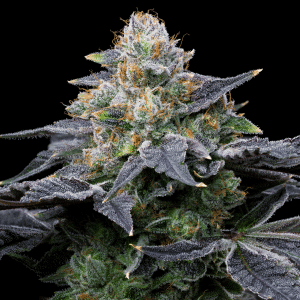
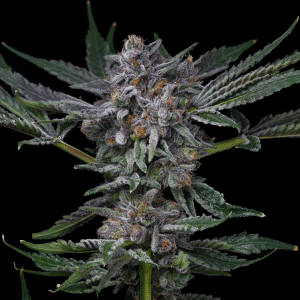
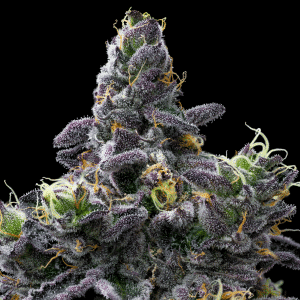
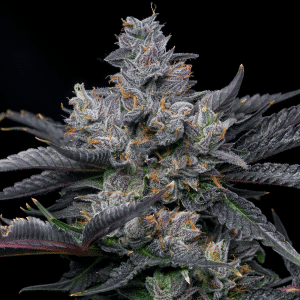
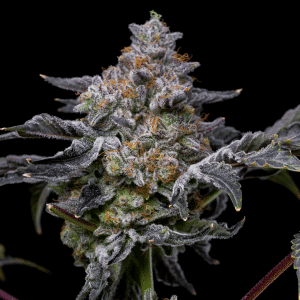
Offers
This product is not for use by or sale to persons under the age of 18. This product should be used only as directed on the label. It should not be used if you are pregnant or nursing. Consult with a physician before use if you have a serious medical condition or use prescription medications. A doctor’s advice should be sought before using any hemp products. All trademarks and copyrights are property of their respective owners and not affiliated with nor do they endorse this product. These statements have not been evaluated by the FDA. This product is not intended to diagnose, treat, cure or prevent any disease. By using this site you agree to follow the Privacy Policy and all Terms & Conditions printed on this site. All products contain less than 0.3% Cannabinoid-compliant with applicable Federal Laws. Please make yourself aware of any and all applicable laws regarding hemp in your jurisdiction. Premium Cultivars accepts no liability or responsibility regarding germination laws in any specific locale state or national jurisdictions.THCA products are not available for shipment to the following states: Hawaii, Idaho, Minnesota, Oregon, Rhode Island, Utah, Vermont *Note: Products with Total THC content above 0.3% must not be shipped to these states.
We want to help you get your hands on the seeds you want, take 20% off your next purchase when you enter your email below!
We want to help you get your hands on the seeds you want, take 20% off your next purchase when you enter your email below!